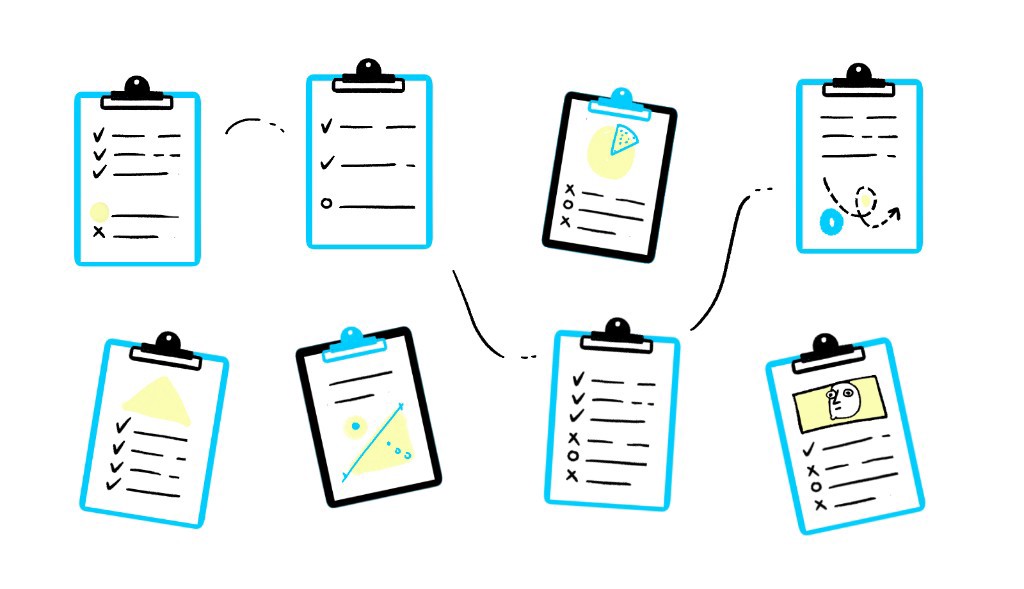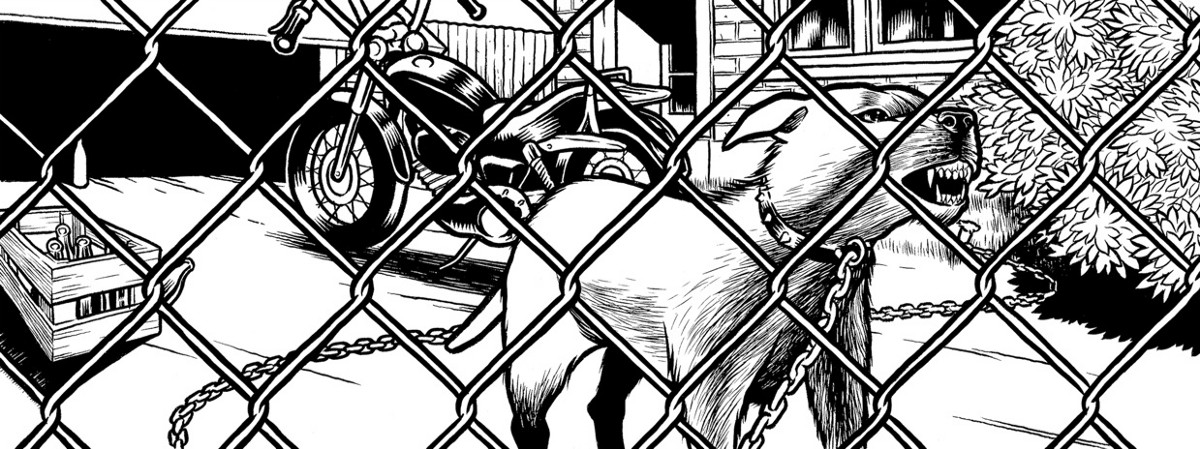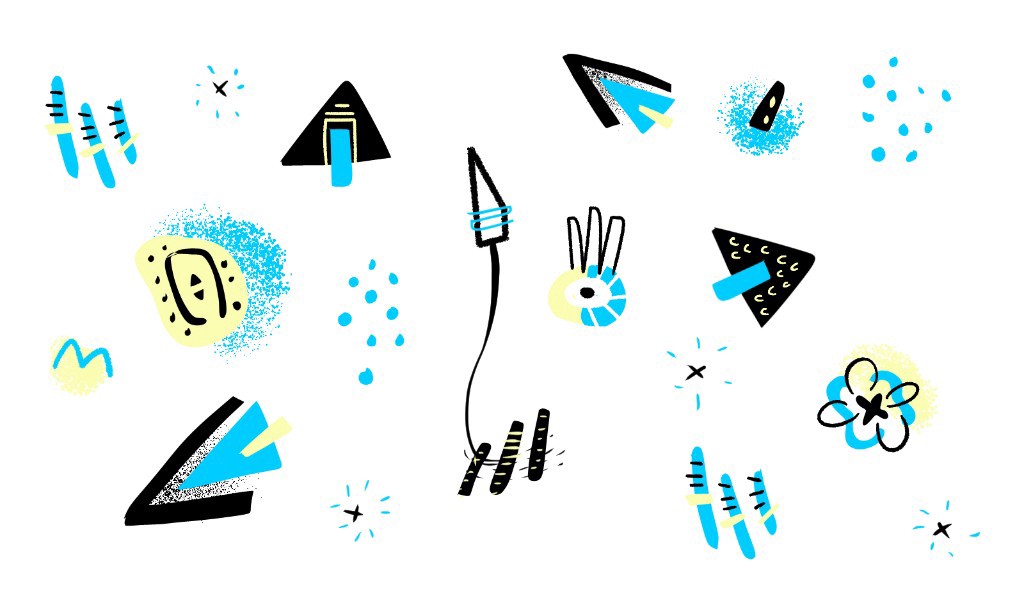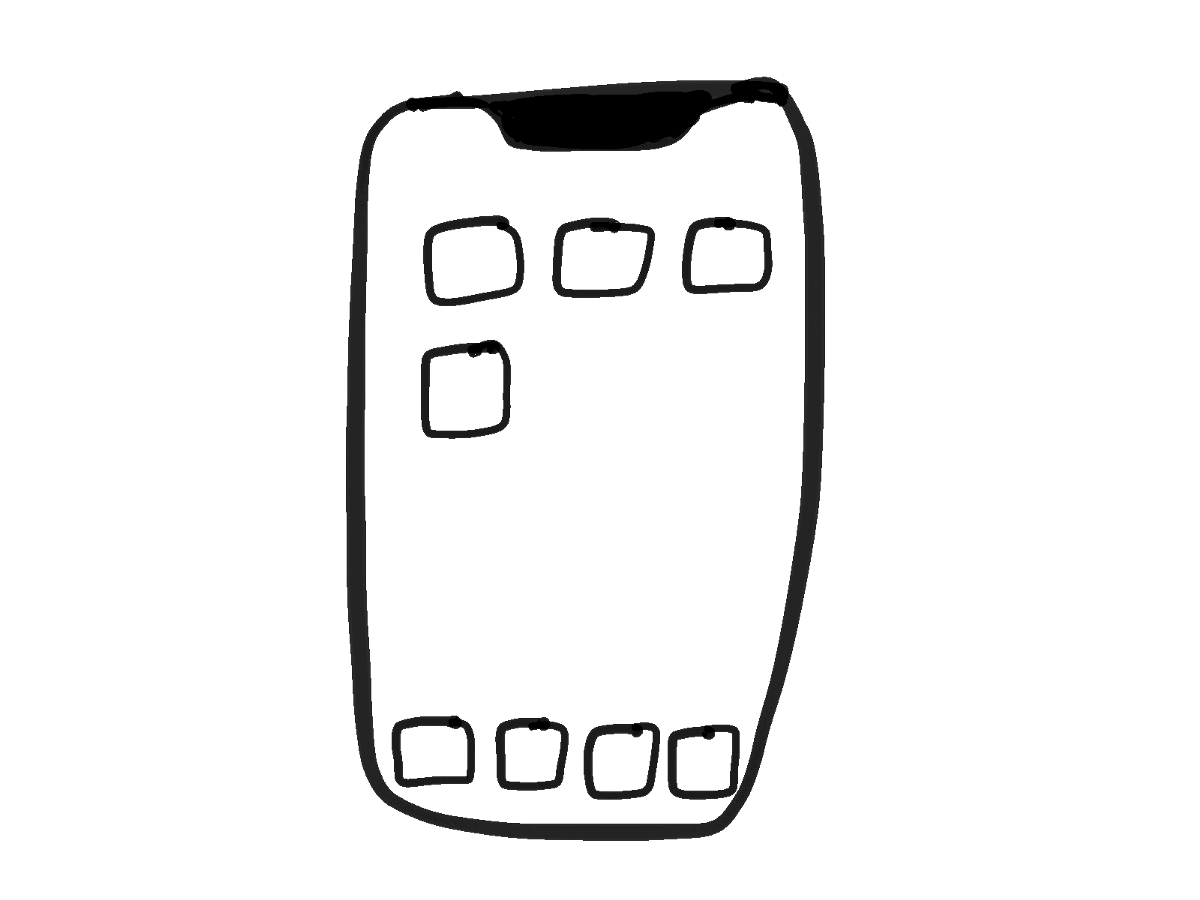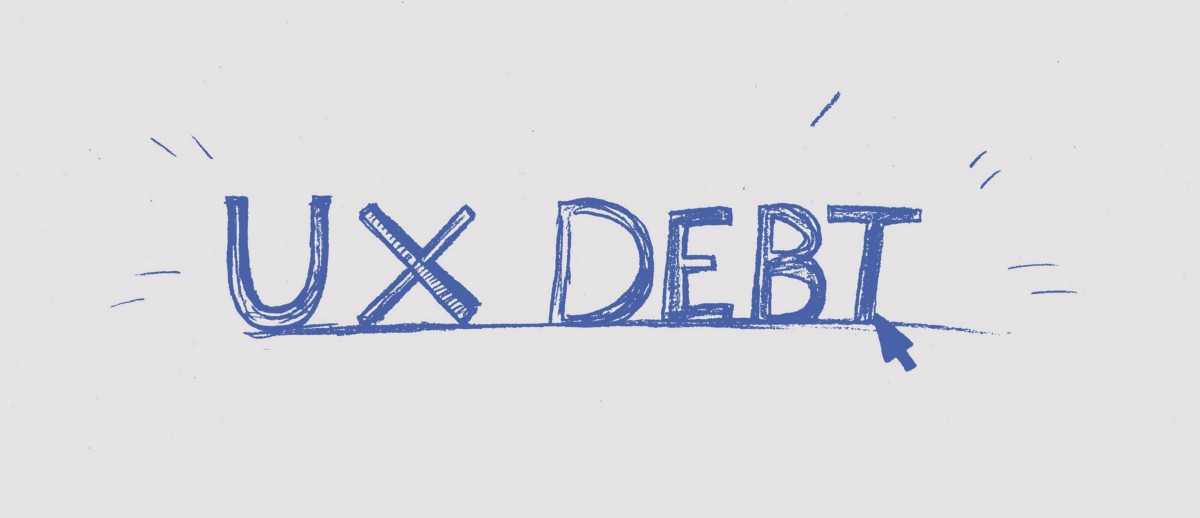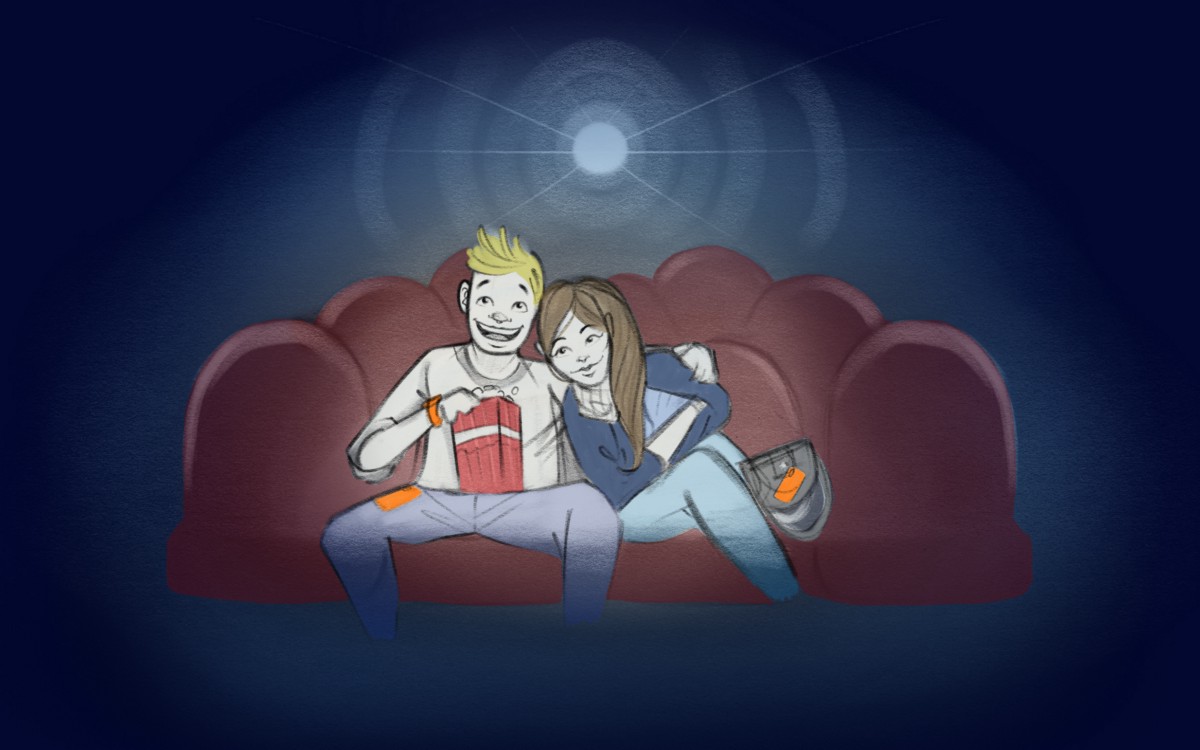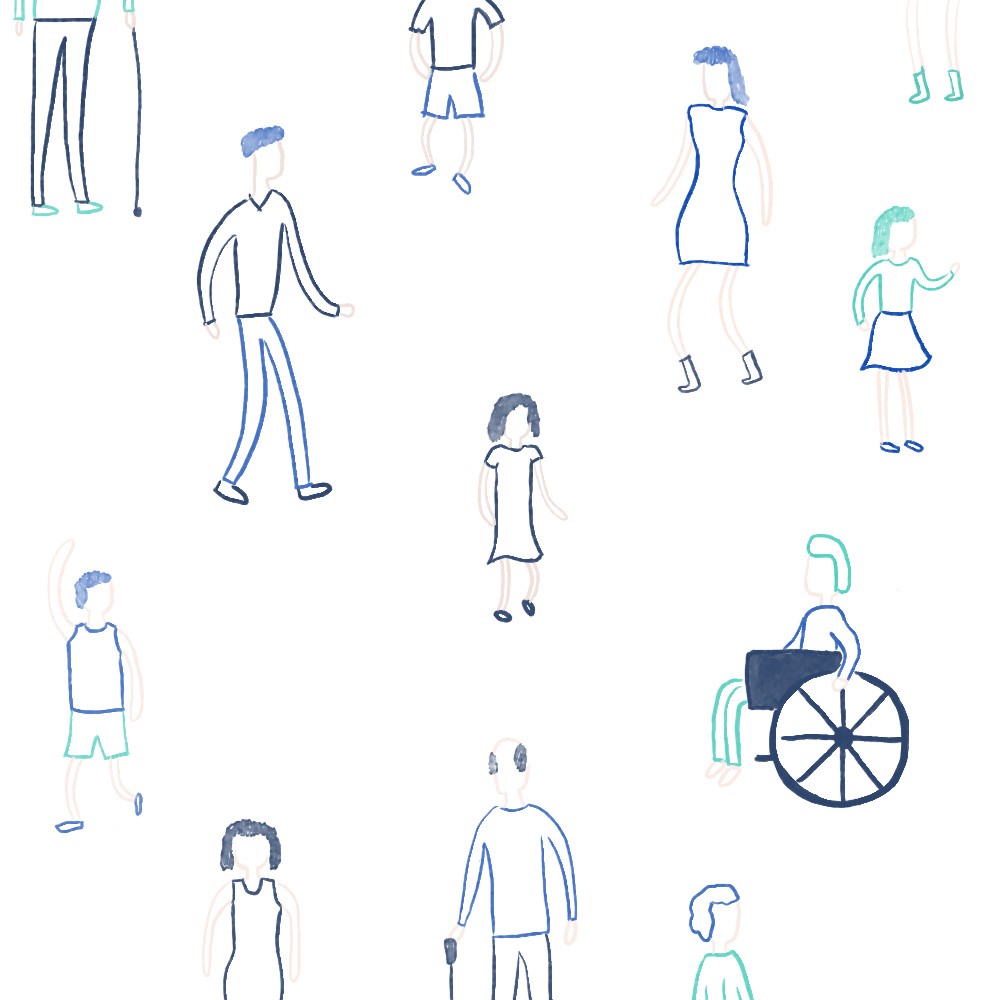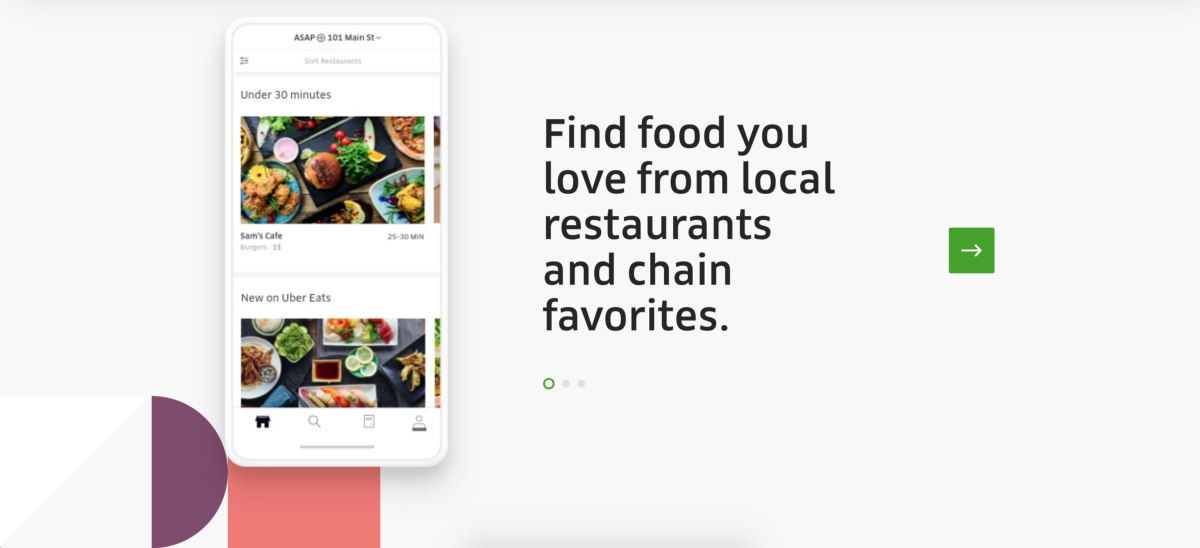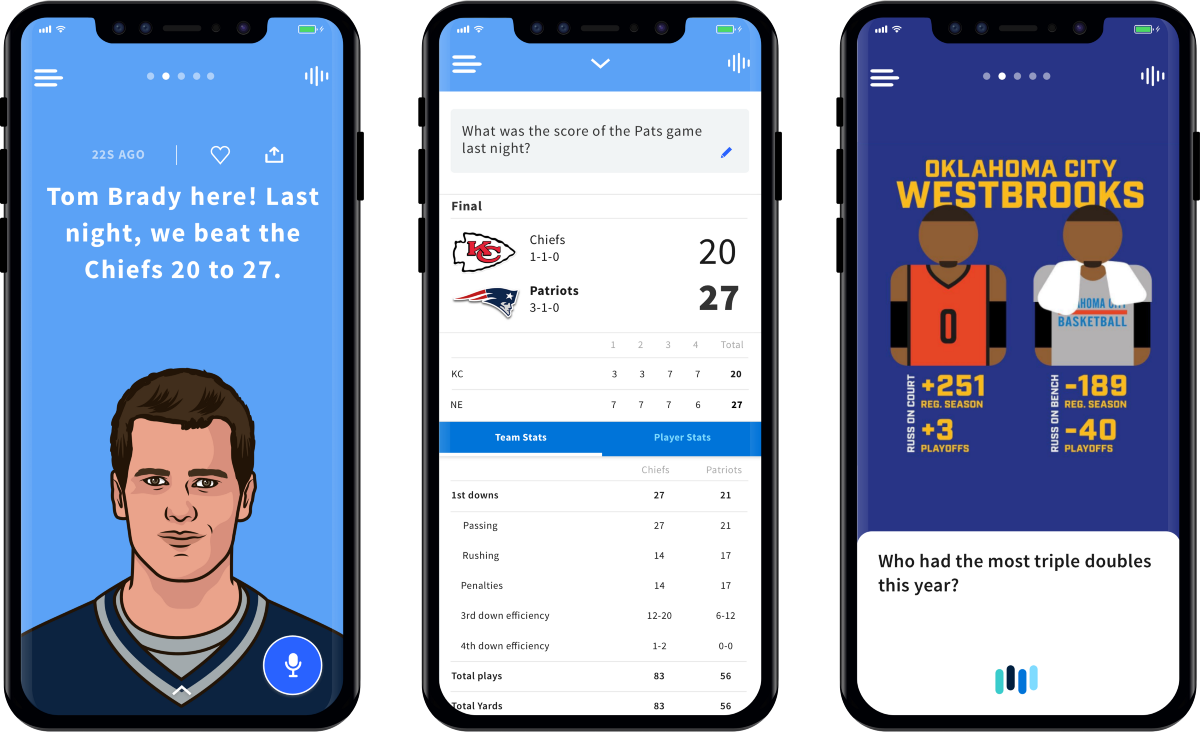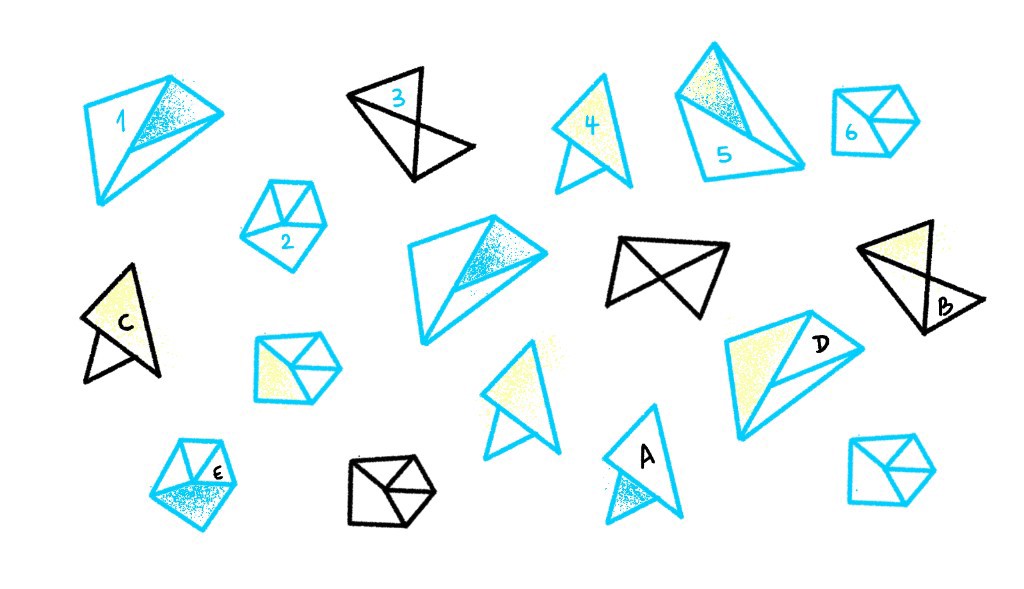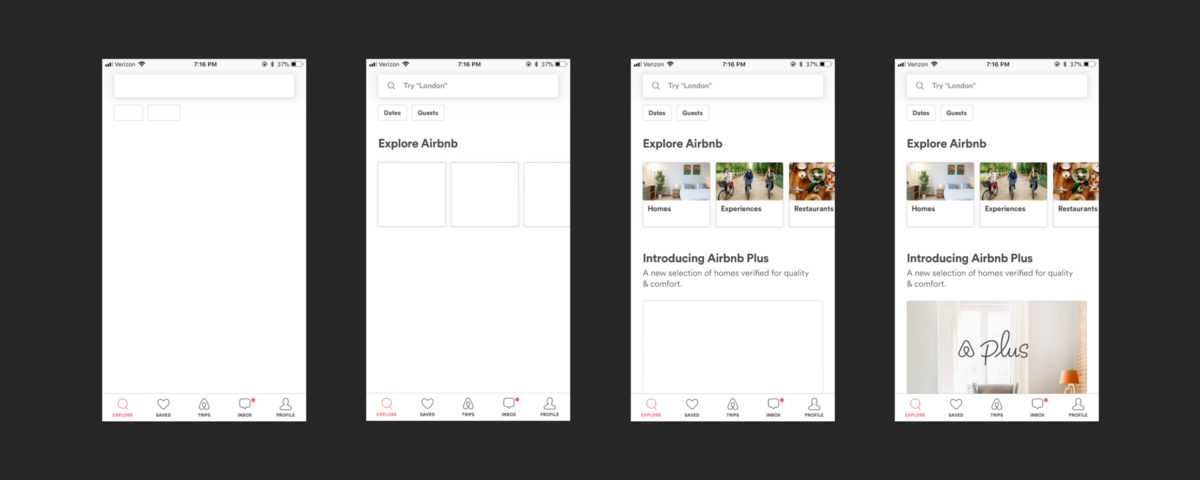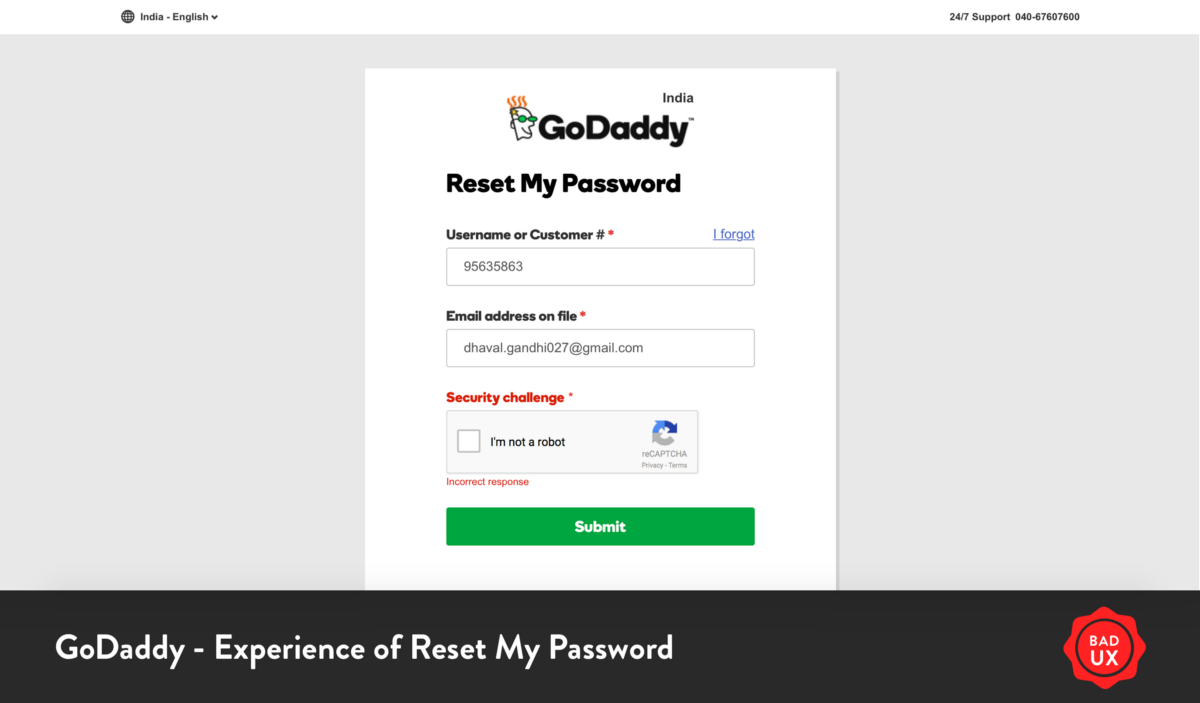The Ask: Enhance the chatbot experience and improve the user on-boarding process. User Goals: Ability to make a reservation easily Ability to create an account quickly Ability to alter existing reservations (Ex// Cancellations, extending time) Business Goals: Provide users with a positive reservation experience at HanaHaus AND on-the-go Increase customer engagement with the chatbot Convert… Continue reading HanaBot Reservation Chatbot — A Case Study
Category: Design
Design is the method of putting form and content together. Design, just as art, has multiple definitions; there is no single definition. Design can be art. Design can be aesthetics. Design is so simple, that’s why it is so complicated.
Competitive analysis is a method, not a solution
Pineapples might look cool, but that doesn’t mean that every fruit should be spiky. (source) We all have been there: you have been with your team in a room for a couple of hours now, and it seems you hit a dead-end while discussing one design problem. Suddenly, someone brings up the solution for it all:… Continue reading Competitive analysis is a method, not a solution
Why is everyone talking about DesignOps now? — and more UX links this week
DesignOps: the questions you’re probably asking yourself now › As design teams start to scale in size (and the design process in complexity) our industry turns the spotlight to DesignOps: a new nomenclature for an old profession that is becoming increasingly important for every company seeking to create great, consistent, and efficient work. We have… Continue reading Why is everyone talking about DesignOps now? — and more UX links this week
Safety in numbers during design research
The taxi driver asked whether we were sure we had the right address, whether we actually knew the person we were visiting, “You know, you just don’t seem like the types to be visiting someone round here” Ten minutes north of The Bronx, NYC in a sleeting-cold January storm, two colleagues and I had arrived at… Continue reading Safety in numbers during design research
When no one catches an error, it’s like it never existed — and other UX links this week
If you like the links, don’t forget to ???????????????????????????????????????????????????????? You don’t learn anything from design inconsistencies that go unnoticed › Each pixel off you’re able to notice makes you feel more powerful. You feel entitled, sometimes even a little arrogant; after all, you are now able to poke holes in other people’s work. That’s an… Continue reading When no one catches an error, it’s like it never existed — and other UX links this week
What an iPhone notification dot told me last night
I am the red notification dot on your iPhone, I make sure you keep seeing me. I’ll create new tasks for you to finish, Come on, just tap on me. Why am I so irresistible? How do I make your finger tap? Do I provide you with the unconditional love you long for, Or am… Continue reading What an iPhone notification dot told me last night
The 6 types of user segmentation and what they mean for your product
MYOB People by Nick, https://dribbble.com/shots/3322055-MYOB-People Marketing helps you understand your user, focus your product on your user needs and take the product to market. This post is set up to mimic what would you go through when segmenting your customers. Marketing segmentation Only few companies are big enough to supply the needs of an entire… Continue reading The 6 types of user segmentation and what they mean for your product
UX debt symptoms
User experience (UX) design has a wide scope and touches many things in both a product and in an organization. The field itself is fairly new and evolving rapidly along with technology. It’s no wonder that many of us in the technology and business world can lose track of UX’s latest evolution. It can be… Continue reading UX debt symptoms
Most common excuses for not doing user research
“We don’t have a usability lab” Well, sorry to be the one to break the news: but you don’t need one. First, there are tons of user research methods other than usability testing —user interviews, surveys, card sorts, A/B tests, scenarios, diary studies, intercepts, shadowing — so stop thinking about “usability testing” as soon as you hear… Continue reading Most common excuses for not doing user research
What’s the impact of Design, you ask?
A quick introduction Design, to me, is to bring compelling ideas to life. Having come from an Engineering background with a bit of experience in Product Marketing, I quickly realized the importance of Design. I dream of being in the front row in creating experiences that positively impact a million people’s lives. Like I want… Continue reading What’s the impact of Design, you ask?
Enterprise design stack: the tools we use to design the datacenter operating system
I love reading about how other Design teams are working together and what tools they’re using. It’s reassuring to know teams you admire and respect use the same tools you do. It’s also usually a trigger for me to try some other tools that either I haven’t heard of or that I’ve been meaning to… Continue reading Enterprise design stack: the tools we use to design the datacenter operating system
Solving distraction: iOS Do Not Disturb concept
Reverse Engineering Habits “Smartphone addiction” is a bit of a misnomer as people aren’t addicted to the phones per se, but to the actual apps installed on them. In order to understand how to combat habitual behavior, we first need to understand how these apps are designed to suck our attention. Several years ago, “behavioral… Continue reading Solving distraction: iOS Do Not Disturb concept
Beer Cards – Creating a real-life Facebook 'Like' button.
This is a follow up to my previous blog post on “How we gamified our help desk with ‘Beer Cards’ and fuel productivity.” You can read more about it here. ‘Beer Cards’ is our attempt to introduce social prods in our workplace. Social prods are actions that require minimal effort to create a social interaction,… Continue reading Beer Cards – Creating a real-life Facebook 'Like' button.
Comparable experiences: The starting point for inclusive design.
Photo by Talles Alves on Unsplash How many of you drink Coca-Cola? Did you know that initially it was not sold in supermarkets, but in pharmacies? In the beginning, the recipe included alcohol and was used to cure headache, nausea, and even addiction to morphine. A vintage 1917 Listerine Antiseptic ad. Credit: Vintage Art Clips Let’s try… Continue reading Comparable experiences: The starting point for inclusive design.
Uber Eats: An Experience
Kunal, 28, Average physique, a software engineer working in Bangalore. Who had a rough week, enters the weekend, in his bed orders his beloved food that he thought of eating over weekdays. But didn’t because of his big fluffy tummy. He decides to smash it now. This poor guy has only one good night out… Continue reading Uber Eats: An Experience
Design with the engineering constraints
No matter how good your engineers are, the application you are building will not feel the same between two devices. Internet speed, data usage, and device bandwidth are all technical limitations that result in distinct experiences. Network speed (3G, LTE etc) across the world and network quality across your living room may vary. In addition,… Continue reading Design with the engineering constraints
What I wish I’d known before designing digital products and user interfaces
2. Hick’s Law Delivering a good user experience requires that first you find out the functionalities that will answer their needs; second, you need to guide them to the specific functions they need most. If users end up stuck in the decision-making process of “what next?”, they may become confused, frustrated, or leave your website. Hick’s… Continue reading What I wish I’d known before designing digital products and user interfaces
Shhh… a UX designer’s mistakes
A few days ago was my 2 year anniversary at StatMuse (visit us) and subsequently also my 2 year anniversary as a UX/UI Designer! Although I am happy that we’ve shipped multiple responsive websites, a brand new iOS app, and a some platform bots, I do recognize that I’ve made a whole bunch of mistakes… Continue reading Shhh… a UX designer’s mistakes
You have to zoom in to learn to zoom out — and more UX links this week
The importance of zooming out in the design process →Design is the process of zooming in and zooming out of a certain problem, multiple times. The way I operate best in a design project is when I am able to balance these two roles in one: the role of doer (the hands-on designer who is… Continue reading You have to zoom in to learn to zoom out — and more UX links this week
Are you asking for customer feedback?
“For every customer who bothers to complain, nearly 26 others remain silent.” How will you address the grievances of those who will just leave you silently. How will you solve the problem when you actually don’t know what the problem is. For this you need to take initiative and start talking to your customers.The first step… Continue reading Are you asking for customer feedback?
No one designs like you
We’re imposters, you and I. But that designer you look up to. The one you feel knows something you don’t about design. About craft. About success. About leadership. Why don’t we think they’re imposters? That they have it all figured out? And why, for many of us, does achieving their level of mastery seem almost… Continue reading No one designs like you
How to develop an eye for Design
When I started off in design, I sucked. I was obsessed with copying pieces of the trending Dribbble shots, but oblivious to how all the pieces worked together. If you could see the harsh drop shadows and unnecessary flourish I added to things, you would gasp in horror. Though I was no product design prodigy,… Continue reading How to develop an eye for Design
A few things I have learned after 10 years writing about UX
Photo: Drew Coffman I have been blogging for more than 10 years now. (Funny how “blogging” used as a verb sounds a bit off these days) It all started back in the day when I was working as an Information Architect (yep, “UX” is a relatively new term) at the biggest digital agency in Brazil. At… Continue reading A few things I have learned after 10 years writing about UX
Sharing Painful Experience of Resetting Password on GoDaddy
Forgot Password Screen — GoDaddy Recently, I wanted to purchase a domain on GoDaddy. I searched and found the domain and started a checkout process. However, I was unable to recall my all password. So, I decided to reset the password. When I saw a reset password screen, It asked for “User Name & Customer #”. I… Continue reading Sharing Painful Experience of Resetting Password on GoDaddy


